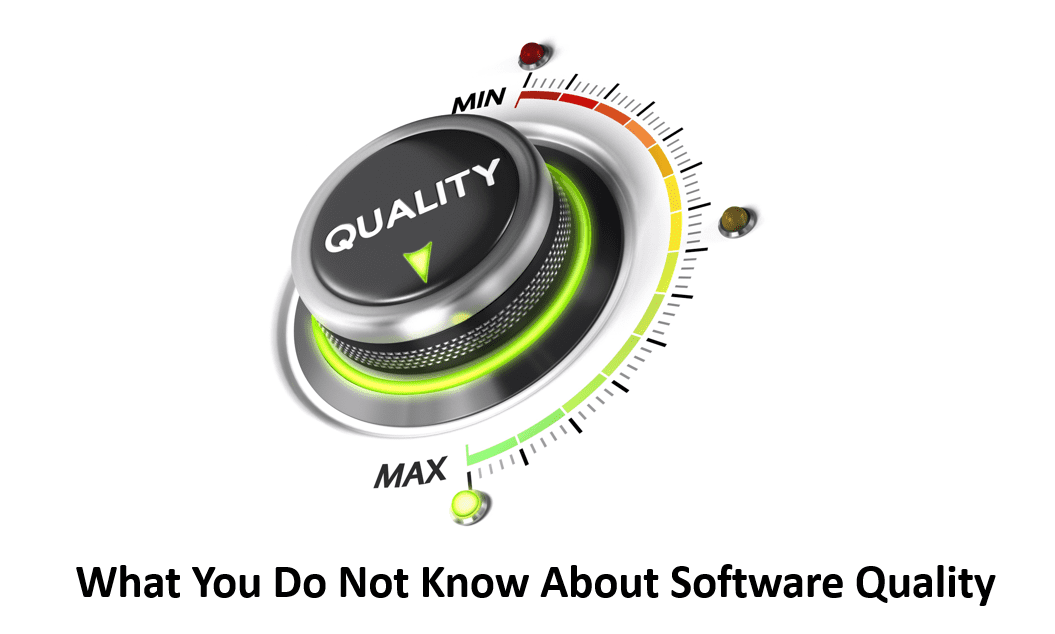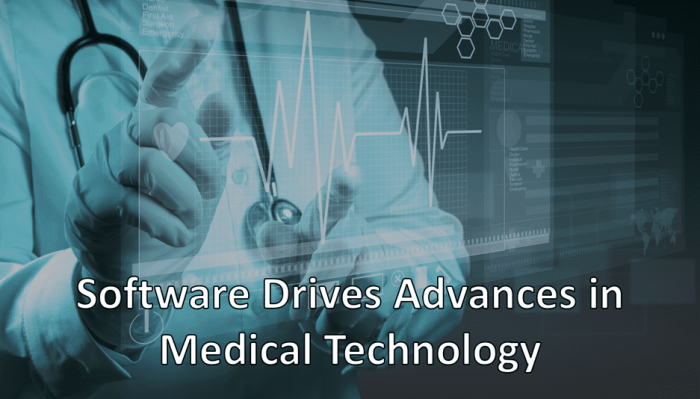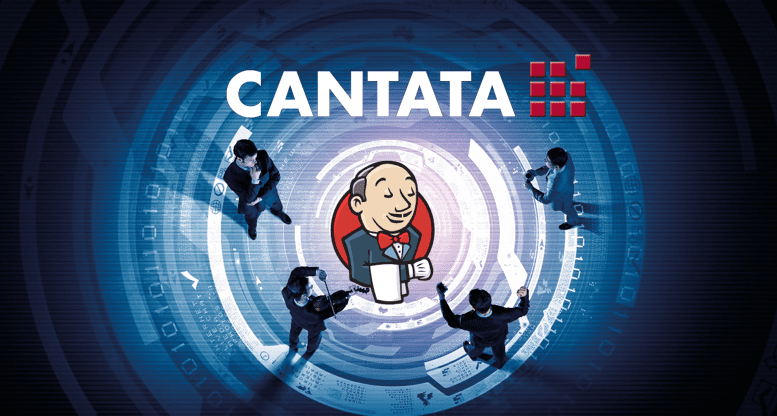Is It Possible to Certify GoogleTest for Safety-Critical Systems?
Ensuring Automobile Safety and Compliance Using Open-Source Tools. Is It Possible to Certify GoogleTest for Safety-Critical Systems? In safety-critical environments like the automotive industry, ensuring safety and compliance in software development is paramount....

MC DC Coverage: A Critical Testing Technique
In the fast-paced digital world, where technology companies strive to stay ahead of market trends, ensuring the reliability of software products has become more crucial than ever. A key component in achieving this reliability lies in employing effective testing...

Ensuring Functional Safety through Software Testing in C/C++ Applications: A Vital Aspect for QA Systems
Functional safety is a critical concern across industries like automotive, railways, aviation, industrial, and medical devices. To achieve functional safety in C/C++ applications, QA Systems offers embedded software testing and verification tools. In this blog, we explore the importance of functional safety, its applications, relevant standards, and steps for certification. Our software verification tools streamline testing, enhance code quality, and expedite compliance. Contact us to learn how our tools can help you achieve functional safety excellence in your development process.

The Power of Export
Around the world, the UK is renowned for innovation, design, ingenuity, and most of all, export. The UK has one of the most commercially active governments in the world with dedicated teams focused not just on maintaining, but on constantly increasing export...

Managing risks related to the obsolescence of safety-critical embedded software verification frameworks

What You Do Not Know About Software Quality
We all want the software in the devices we use to be top quality. However, have you considered what is meant by Software Quality? It is very difficult to articulate a set of criteria that summarises a comprehensive quality metric and software quality is a multidimensional quantity which can be measured in many ways.In this introductory article, Adam Mackay will explore what determines software quality.

Software Drives Advances in Medical Technology
Over the last few years, medicine has been a catalyst for driving progress in the innovation of medical devices and treatment plans. Digital technology is becoming embedded in every area of healthcare delivery. Medical devices are becoming more and more complex.
In this blog, Bill Steiniger dives into the importance of utilizing fully tested C and C++ code that is verified to the IEC 62304 standard, as a driver for differentiation and added value in medical devices.

Cantata and Jenkins in Concert: Continuous Integration Testing
In many business segments, be it transportation, industrial automation or in medical devices, industry leaders have developed finely tuned software code bases over the years. This code tends to consist of many interlocking parts with common dependencies. Small changes in one part of a project can have wide-ranging impacts on other parts of a project.
Maintaining consistent software quality across generations of production code releases is vital to maximizing reliability, functional safety and certification compliance while minimizing liability exposure in the process.
In this blog, Rob Mueller-Albrecht, Cantata Technical Support Engineer of QA Systems, dives into how to avoid frustration and resolve problems efficiently in all phases of software development, verification and certification, it is best to have the orchestra of software professionals work from the same musical arrangement.

The Pursuit of Perfection – An effective embedded unit test process for efficient testing
In software engineering, we test primarily to diminish risks. Errors are costly, and testing serves as a safety net for the full software system.
However, it is not the only purpose of testing. We can also do testing for understanding, just as software engineers should do when writing a program. And racing drivers do when learning a new track or car.
The parallels between racing and software development may not be immediately evident. However, both require the design and implementation of solid processes to secure success.
This article introduces methods, techniques, and tools to ensure clarity of thinking and implementation during development of project processes.

C is for Car
C and its derivative C++ are the two most prevalent and relied upon languages used for the provision of Safety Critical Systems in the automotive industry and adherence to the ISO 26262 Certification Standard is mandatory.
But to understand why we need to wind the clock back in time to the glorious 1980s. Electronically controlled ignition and fuel injection systems were the first major embedded systems developed in the automotive industry.
The replacement of mechanical and analogue ignition and injection systems heralded the introduction of controllable digital alternatives, which kept pace with the availability of cheaper, faster, more robust and reliable micro-controllers.
Find out in this blog why C and its derivative C++ are the two most prevalent languages within the automotive industry.

Testing Considerations when Refactoring or Redesigning Your Legacy Code
It’s all about change… and this is a very common question I get when talking to my clients. What are my options to maintain my existing tests when the source code has been modified? Some of my interlocutors are pointing out that they had to refactor their software, some others will talk about redesign efforts.

Performance and Quality Through Leadership
The world’s leading engineering companies and their leadership teams have one mission objective outside of the commercial, to build and retain industry leading, high-performance people that deliver quality products on time.


